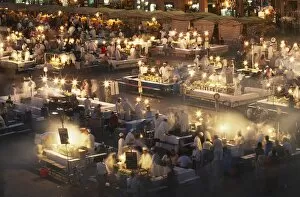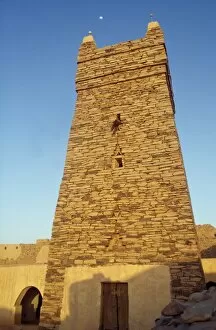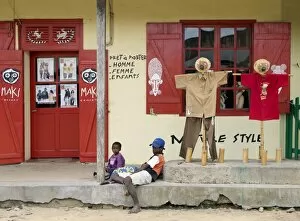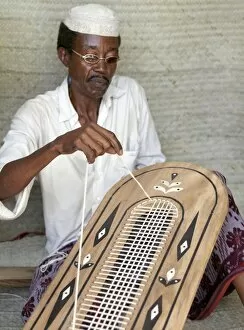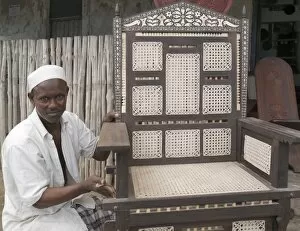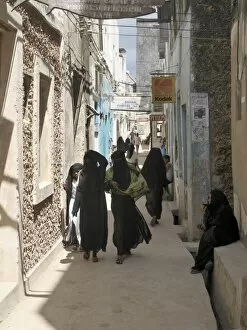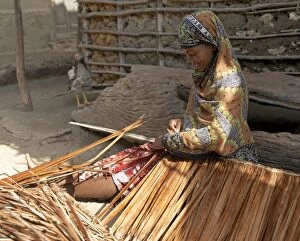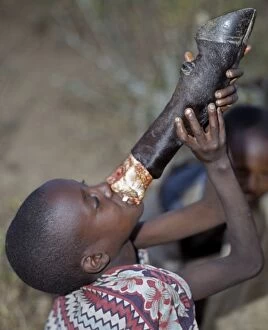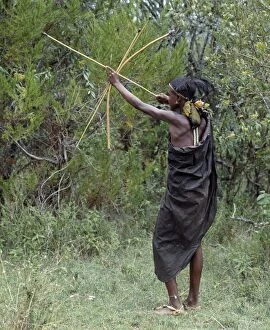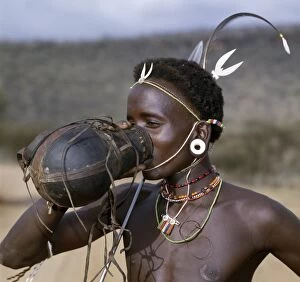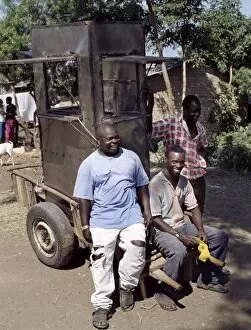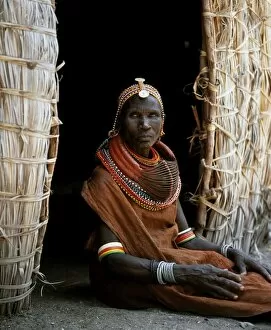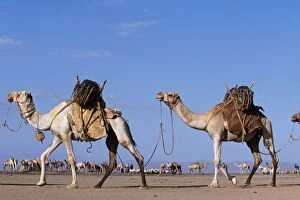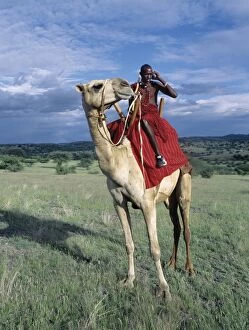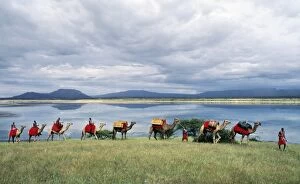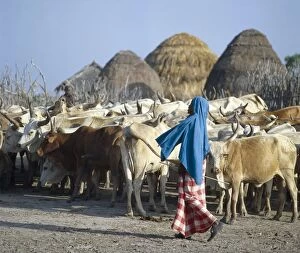African Culture Collection (page 7)
"Exploring the Rich Tapestry of African Culture" Immerse yourself in the vibrant world as you wander through Aswan Souq
For sale as Licensed Images
Choose your image, Select your licence and Download the media
"Exploring the Rich Tapestry of African Culture" Immerse yourself in the vibrant world as you wander through Aswan Souq, where various African masks are proudly displayed for sale. These intricate works of art offer a glimpse into the diverse traditions and beliefs that have shaped this ancient land. Escape to Neekreen near Buchanan, Liberia, and be captivated by the beauty of its pristine beach. Here, nature's splendor meets West Africa's enchanting coastline, inviting you to soak up the sun while embracing the rhythms of this captivating region. Trace history's footsteps with a lithograph city map of Alexandria from 1897. This fascinating artifact transports us back in time, reminding us of Egypt's rich heritage and its pivotal role as a cultural crossroads between Africa and beyond. Witness an awe-inspiring fresco at Keur Moussa Abbey Church in Senegal. Painted by Dom Georges Saget in 1963, it depicts the Presentation of Baby Jesus at the Temple—a testament to both African artistic talent and religious devotion. Engage in traditional pastimes like Kalah (Kalahari) or Mancala with locals in Moroni. This strategic game is deeply rooted in African heritage and offers a chance to connect with communities who cherish their customs passed down through generations. Embark on an unforgettable safari adventure across Masai Mara Game Reserve's golden plains against a backdrop of endless blue skies adorned with fluffy clouds. The vastness of this African savanna will leave you humbled by nature's grandeur. Marvel at digital illustrations showcasing Marabou Storks—majestic birds known for their pink gular sacks—intricately designed by talented artists who celebrate Africa’s unique wildlife diversity. Visit Nairobi National Park’s David Sheldrick Elephant Orphanage and witness heartwarming scenes as juvenile elephants roam freely under Kenya’s protective care. This sanctuary serves as a symbol not only of African conservation efforts but also the deep bond between humans and wildlife.




